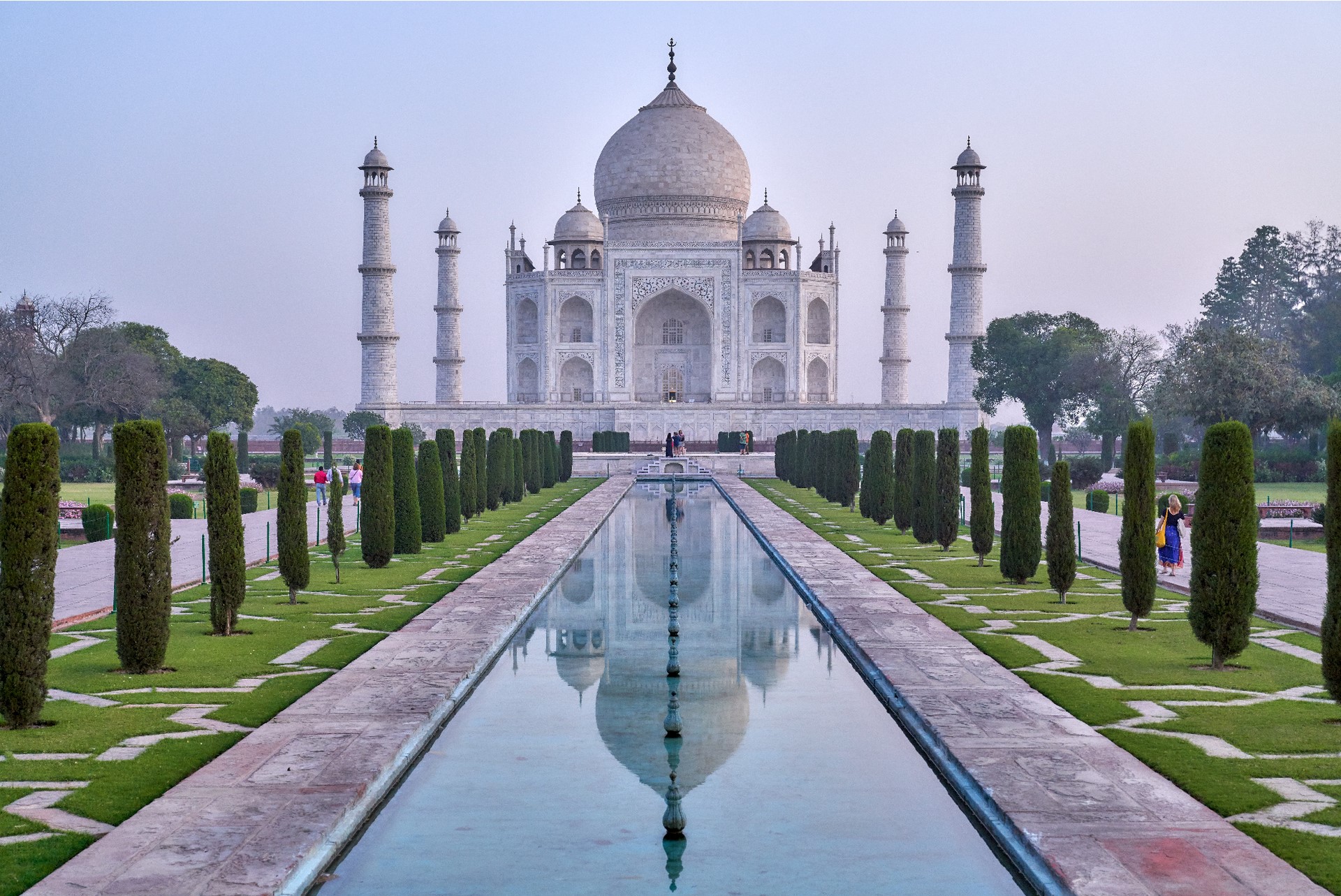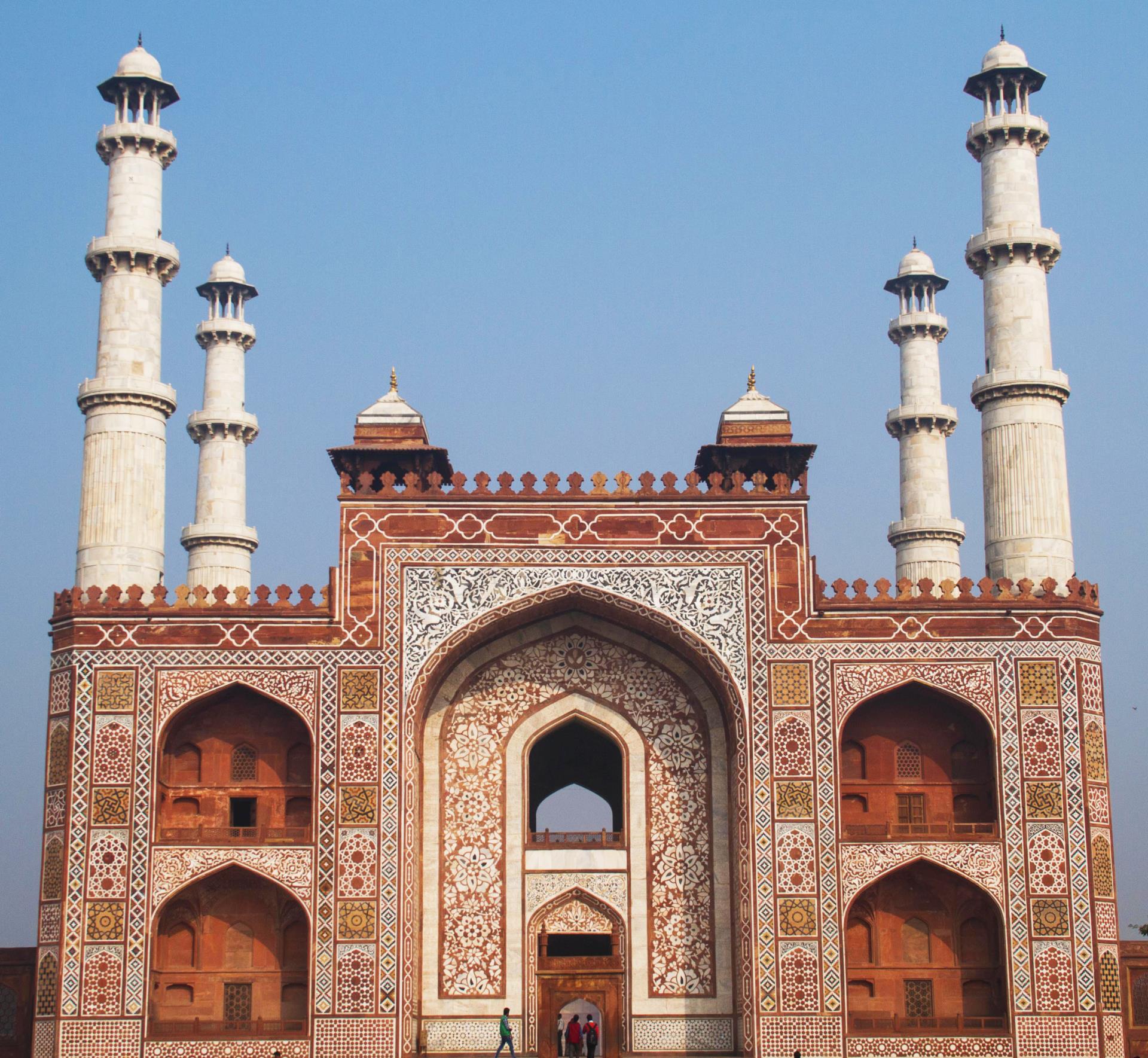
Sorry, we couldn't find anything that matches your search.
Destination

Famous Places to Explore in Hyderabad
A vibrant city with the imposing...

Raipur Tourist Places | Best Place to Visit
The stronghold of several erstwhile...

Ahmedabad
Declared as India's first UNESCO World...
#
This beautiful marble tomb is dedicated to Mirza Ghias Beg, the father of Mughal empress Nur Jahan. He was accorded the title of Itimad-ud-Daulah (pillar of the state) during his time at the Mughal court. The empress is believed to have commissioned the construction of the mausoleum in his memory between 1622 and 1628 AD.
The story goes that Mirza Ghias Beg was a poor Persian merchant who was on his way to India with his wife when she gave birth to a girl. Since the family was stricken with poverty, the parents decided to abandon the child, but were eventually forced to return to her after hearing her helpless cries. As it turned out, she was a bringer of good fortune to her family – they soon found a caravan that took them to the court of emperor Akbar. As the years passed, Beg rose to become a minister in the Mughal court, as well as a trusted treasurer. He continued to rise in the court even after Akbar’s demise, under the rein of emperor Jehangir, who bestowed him with the title of Itimad-ud-Daulah and eventually married his daughter. Located on the banks of River Yamuna, the structure exhibits strong Persian architectural influences, and is built entirely using white marble, inlaid with semi-precious stones. Local lore says that this edifice was considered by many a precursor for the Taj Mahal. This is why it is sometimes referred to as ‘Baby Taj’. The marble lattice screens, known as jaalis, lend to it a softer, more delicate air as compared to the red sandstone mausoleums that preceded it in the region. This is also the first Mughal structure to have used pietra dura work, as well as the first tomb to be built on the banks of River Yamuna. Chini-ka-Rauza and Mehtab Bagh are very close by, and a quick round up of all three spots can be done within a few hours.








